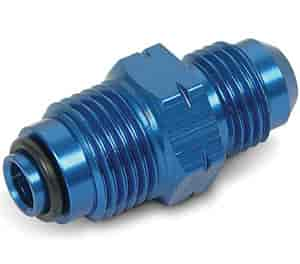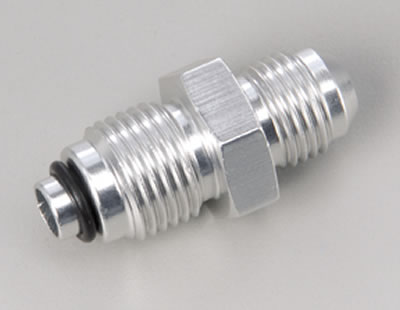Hi everyone. I am new to the site, just joined today but have been lurking for some time.
I am building a small scale electric car just to learn the basics. Then I will try my hand at a larger vehicle.
I am now working out the power steering and have hit a road block.
I aquired an electric over hydraulic power steering pump from a 2005 V50 Volvo.
I am hoping that someone here can help me get this pump running. I know it works as I have tested it in a working volvo.
However it is not as easy as hooking up 12VDC to get it to turn on. The host vehicle employs a host of sensors to comunicate with the pumps motor.
Does anyone have any idea as to how to bypass the sensors and still allow the motor to run? Here is a PDF file and a picture that explains much of the pumps workings. Thank you very much for any and all help,
Marco
View attachment Volvo steering pump PDF.pdf
![Image]()
I am building a small scale electric car just to learn the basics. Then I will try my hand at a larger vehicle.
I am now working out the power steering and have hit a road block.
I aquired an electric over hydraulic power steering pump from a 2005 V50 Volvo.
I am hoping that someone here can help me get this pump running. I know it works as I have tested it in a working volvo.
However it is not as easy as hooking up 12VDC to get it to turn on. The host vehicle employs a host of sensors to comunicate with the pumps motor.
Does anyone have any idea as to how to bypass the sensors and still allow the motor to run? Here is a PDF file and a picture that explains much of the pumps workings. Thank you very much for any and all help,
Marco
View attachment Volvo steering pump PDF.pdf








